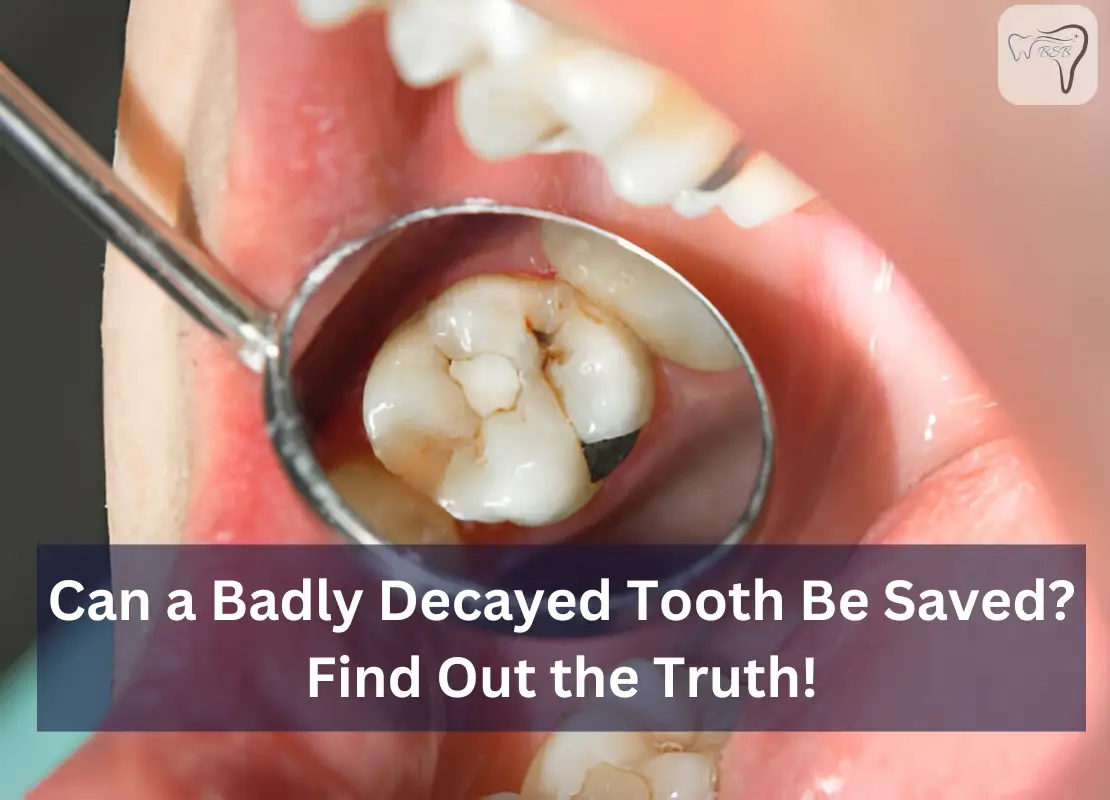A dentist evaluates severe tooth pain and sensitivity through thorough examination of your mouth using dental instruments and X-rays to detect soft areas, cavities, and decay. Modern dental procedures address all stages of tooth destruction, from early cavity infection to severe damaged teeth.
Through dental consultation, treatments ranging from fluoride treatment and remineralization to root canal, dental crown, and dental filling with biocompatible material can restore tooth function, tooth shape, and tooth strength. This comprehensive approach to oral health preserves your natural teeth, supporting both physical health and mental health while maintaining your smile for comfortable eating and speaking without discomfort.
Your dentist will create a personalized treatment plan that may include cleaning, sealing, and extraction prevention through proper oral hygiene, ensuring preservation of your infected tooth pulp based on the progression and following specific recommendations.
Can a Badly Decayed Tooth Be Saved? Find Out the Truth!(Short Answer)
What is the Process of Tooth Decay?
Having treated countless cases of tooth deterioration, I’ve observed how tooth decay stages begin when bacteria in the mouth interact with food particles, especially sugary foods and acidic foods, creating a sticky film called dental plaque on the tooth surface. This plaque produces harmful acids that cause acid erosion of the tooth enamel, leading to mineral loss and visible white spots.
Without proper oral hygiene through regular brushing, flossing, and use of fluoride toothpaste, the decay progression can worsen, creating holes in the teeth that may develop into painful cavities or dental abscesses. Various risk factors like dry mouth, genetic predisposition, and certain medical conditions can accelerate this damage to the tooth structure, potentially resulting in tooth loss.
Regular dental check-ups and cleanings, combined with a balanced diet and consistent preventive measures, are crucial for maintaining optimal oral health and prevention of severe decay.
What are the different Phases of tooth decay?
Bacteria in the mouth mix with saliva and food particles creating a colorless sticky film of dental plaque vs tartar. Rising acidity attacks teeth, showing white spots on the tooth surface – indicating mineral loss from the protective layer of tooth enamel, which needs immediate cleaning and management for reversal.
If untreated, this disease progression becomes irreversible as acids destroy the tooth structure, forming cavities that reach the tooth pulp, causing pain. At this point, root canal or tooth extraction prevents tooth loss. Early detection through dental check-ups, proper oral hygiene, diet, and intervention are vital for prevention of severe decay and damage.
Initial demineralization (White spots)
When bacteria and plaque build up on your tooth surface, acids start destroying minerals in your enamel, causing white spots – the first sign of demineralization and tooth decay. While this can lead to sensitivity, pain, and potential tooth loss, early treatments with fluoride and dental clean plaque procedures can remineralize the structure.
Regular use of fluoridated tap water, mouth rinses, and proper hygiene can prevent acid attacks and damage to your natural teeth. Taking proactive measures before a cavity needs to excavate is crucial for maintaining good oral health.
Enamel decay
Throughout my years in dentistry, I’ve watched white spots progress to brownish discoloration as decay advances beneath the outer enamel. This bacterial damage begins at the underside, where bacteria and plaque create acids that cause erosion of vital minerals. These relentless acid attacks on the tooth surface create cavities and decayed areas, requiring timely intervention.
From my experience, regular check-ups, dental visits, and cleanings are crucial for proper management. When patients report sensitivity to temperature changes and food contact, we typically proceed with dental fillings using resin, ceramic, or amalgam for structure correction. Maintaining excellent hygiene and preventive care through various stages can save your tooth from extensive damage.
Dentin decay
When decay penetrates the enamel into the dentin, a softer layer of tissue with interconnected tubules, the tooth’s structure becomes vulnerable to bacteria assaulting the pulp. This material at the second level often causes sensitivity to hot food, cold drinks, and pain in the affected area.
While we treat damaged portions with resin or amalgam fillings, severe cases need crowns with a cap for strength and protection. Maintaining natural teeth health requires regular check-ups, good hygiene, and a balanced diet avoiding sugary foods and starchy foods to prevent cavity formation from this bacterial onslaught.
Pulp Damage
As a specialized endodontist, I’ve treated thousands of cases where decay reaches the innermost layer – the pulp, which houses vital blood vessels and nerves that provide nutrients and sensation. When patients come to me with severe pain, swelling, and extreme sensitivity to temperatures, it often indicates infection or abscesses, sometimes accompanied by pus.
The only way to prevent tooth loss and avoid extraction is through a root canal procedure, where we clean the cavity, thoroughly get it disinfected, and fill it with gutta-percha. For additional strength and protection against future complications, we typically recommend placing a crown or cap. Use gauze to control any post-surgical bleeding and assist with healing.
Abscess formation
When an abscess forms, bacteria invade the pulp, creating pus-filled infection in surrounding tissues and bones. Beyond being embarrassing and potentially fatal, these rotten teeth exhibit swelling, a lump near the root structure’s bottom, intense pain in the jaw, and severe inflammation.
Immediate intervention and care are vital – either through root canal treatment involving cleaning, disinfection, and sealing with gutta-percha, or through extraction if the cavity and complications are too severe.
Treatments for a Badly Decayed Tooth
Through regular checkups and dental examination, we identify dental issues, cavities, and tooth decay. Dental assessment and dental evaluation guide treatment options while dental care and dental intervention address tooth damage. Preventive care and prompt care seeking at early stages, plus dental diagnosis and dental monitoring, help track decay progression.
Our treatment planning includes decay reversal, focusing on treatments for dental problems, pain symptoms, and decay identification to maintain oral health by reversing decay.
The approach to addressing cavities varies based on their extent and the specific needs of the patient. Available treatment methods include:
Fluoride treatments: A cavity in its earlier stages can be saved when professional fluoride treatments are applied to the tooth surface. The treatment, available as liquid, gel, foam, or varnish, uses a custom tray to help strengthen the tooth enamel and potentially reverse cavity progression. Unlike basic tap water, toothpaste, and mouth rinses, these intensive treatments target early stages of decay to protect your teeth through specialized fluoride treatment.
Fillings:When decay progresses in your tooth, modern treatment options offer hope through fillings, also known as restorations. In my practice, I’ve seen remarkable success using various materials like tooth-colored composite resin or porcelain. Sometimes, a dental amalgam mixture provides the best solution. These fillings effectively replace the decayed portion while maintaining the natural structure of your tooth and prevents further cavity formation.
Crowns: When decay creates severely compromised weakened teeth, dental crowns become the optimal treatment of choice. These custom-made caps and custom-fitted covering replace your damaged tooth’s natural crown after the dentist drills the decayed area. Using materials like gold, high-strength porcelain, resin, or porcelain fused to metal, these crowns protect the tooth’s structure and soundness, ensuring a good fit while reducing risk of fracture to restore strength, function, and appearance.
Root canals: When advanced decay affects your tooth’s inner material and pulp, a root canal treatment becomes crucial. This procedure can save an infected tooth or badly damaged diseased tooth pulp from extraction. By applying medicine to eliminate infection, getting thoroughly cleaned and sealed, and adding a filling to repair the inner pulp, we can effectively alleviate pain.
Tooth extractions: In cases of seriously decayed teeth that can’t be restored, a tooth extraction becomes unavoidable. As a dentist, I’ve seen how a decayed tooth with severe damage must be removed or tooth pulled to prevent further infection and complications. After extraction, the resulting gap can cause remaining teeth shift, but modern solutions like a bridge or dental implant can effectively replace the missing tooth.
When is the Right Time to Visit a Dentist?
Routine visits to the dentist are essential for maintaining good oral health and preventing potential issues. But how do you know when it’s the right time to schedule an appointment? Here are some key signs to watch for:
- Scheduled Check-ups: Ideally, you should visit your dentist every 6 months for regular check-ups. These sessions provide the opportunity for your dentist to catch early signs of tooth decay or other dental issues, allowing for preventive treatment to keep your teeth and gums healthy.
- Continuous Pain: If you’re experiencing persistent toothache or pain, it’s important to see a dentist right away. This discomfort could signal advanced tooth decay or other underlying conditions that need immediate attention and treatment.
- Sensitivity: A sudden increase in sensitivity to hot or cold foods and drinks, or pain while chewing, could be early signs of tooth decay. These symptoms should prompt you to visit the dentist without delay to prevent further damage.
- Chronic Bad Breath: If you’re struggling with bad breath that doesn’t go away even with regular oral hygiene, it could be a sign of gum disease or tooth decay. When mouthwash and brushing fail to improve the situation, it’s time to consult your dentist.
- Visible Signs of Decay: If you notice discoloration, white spots, or cavities on your teeth, it’s crucial to seek dental care immediately. These visible signs are often indicators of advanced-stage tooth decay that require prompt treatment to avoid complications.
What you should do
When experiencing pain or swelling, don’t wait – immediately visit your dentist. Through my years of practice, I’ve seen how tooth decay can be unavoidable even with excellent at-home oral hygiene. Regular dental checkups every six months help us identify and address decay in its initial stages. If a cavity is found, your dentist will likely recommend a filling as the primary treatment option.
What to Expect from Your Dentist When Treating Tooth Decay
Your dentist might ask you a few questions. It’s helpful to prepare your answers so you can make the most of your appointment and discuss the areas that matter most to you. Some of the questions could be:
- Do hot or cold foods, or sugary treats, trigger any discomfort for you?
- Does the act of biting down increase your pain?
- How frequently do you clean your teeth?
- How often do you use floss to clean between your teeth?
- Do you use toothpaste that contains fluoride to help protect your teeth?
- Are sugary snacks or drinks, like sodas, a regular part of your diet?
- Have you experienced any sensation of dryness in your mouth lately?
- Are you currently on any medications that could affect your oral health?
Conclusion
In conclusion, a badly decayed tooth can be saved depending on the extent of damage and timely treatment. Early interventions, such as fluoride treatment and dental fillings, can prevent further damage and preserve the tooth. However, severe decay may require more advanced treatments like root canals or even extraction to restore oral health.

